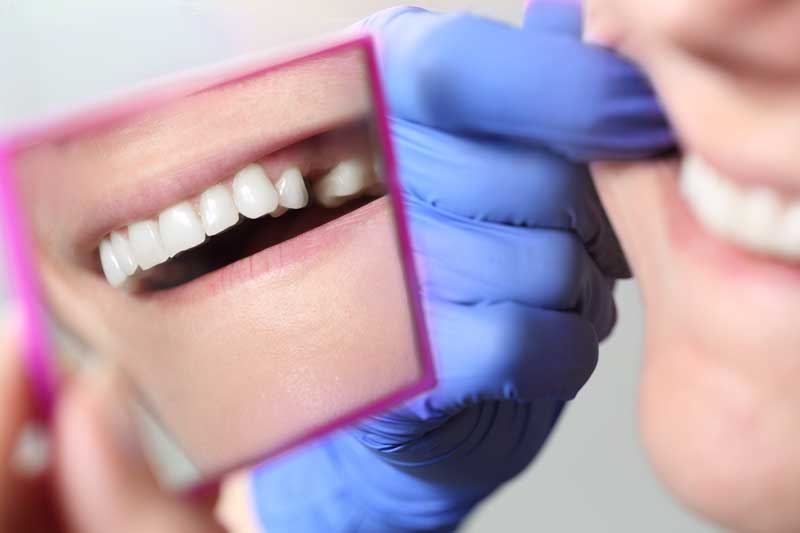There are a number of reasons why your dentist might suggest a tooth extraction, from incoming wisdom teeth to a damaged tooth or even overcrowding. The extraction should be uneventful, and if you follow a few dry socket prevention tips, your recovery will be just as smooth.
What Is a Dry Socket?
When your dentist removes a tooth, your body creates a blood clot to protect the newly exposed bone and nerves. If that clot is disturbed, it leaves the nerves and bones vulnerable to bacterial contamination and pain. Not only does this slow your recovery process, but it can leave you in extreme discomfort, with pain radiating from your mouth and throughout your face. According to the American Dental Association, your dentist can apply new dressings to help improve clotting and speed healing, but it’s best to practice dry socket prevention to avoid the issue altogether.
How to Prevent Dry Socket
Dry socket prevention isn’t too complex; as long as you care for the extraction site properly, you’ll soon be back to normal. Here’s how to keep your extraction site clean and healthy during the recovery process:
- Food and drink. You probably won’t feel like eating right after your extraction, but when you do start to get hungry, stick to soft foods and chew on the side of your mouth opposite to the extraction site. Feel free to drink plenty of water, but don’t drink sugary, caffeinated or alcoholic beverages and don’t use straws. The suction could dislodge the blood clot. Avoid straws for at least a week or for as long as your oral surgeon or dentist recommends.
- Tobacco use. Tobacco use is one of the most common causes of dry socket. The Mayo Clinic warns that smoking or chewing tobacco within 48 hours of surgery slows healing and can have painful repercussions. Smoking introduces bacteria into the site, while chewing tobacco disturbs the healing clot.
- Hygiene.
Wait at least 24 hours before you clean the extraction area to allow the clot to form and begin protecting the extraction site. You can gently brush your other teeth using a smooth circular motion and your tongue instead. After the first day, gently rinse with an antibacterial mouthwash or salt water to get rid of germs that could infect your extraction site. Instead of spitting, let the mouthwash or the salt water drool out and wipe your mouth afterwards.
-
Rest. Plan to take some time to rest after your tooth extraction. You’ll likely need some time for the effects of anesthesia to wear off and you may feel groggy or tired. When laying down or when sleeping keep your head elevated or propped with at least two pillows and avoid applying pressure to the side or sides where you had the tooth removed from. Avoid playing contact sports or participating in strenuous physical activities that could disturb your mouth for at least 3 days after surgery. It could take anywhere between 7-10 days for you to get back to your normal activities and baseline. You should experience some breakthrough from your discomfort and swelling after the 4th day. Take ibuprofen and/or acetaminophen as instructed. Please contact your Oral Surgeon if the pain worsens, radiates through your face, or is accompanied by swelling, redness and fever.
A tooth extraction can be nerve-racking, but as long as you follow your oral surgeon’s instructions, your recovery should be uneventful. Dry socket can disrupt your healing process, so make sure that you’re conscious of your eating, drinking and hygiene habits in the days following your extraction, and you can avoid the issue altogether.

